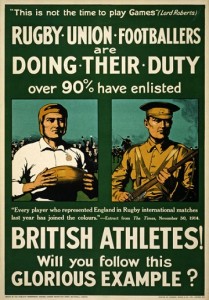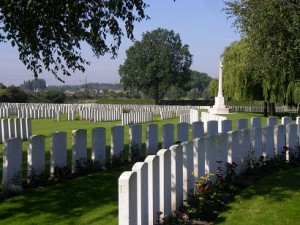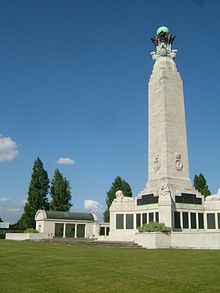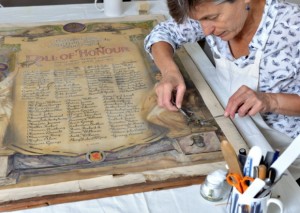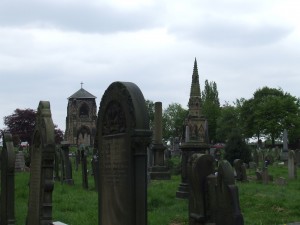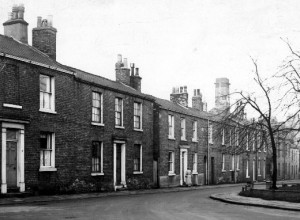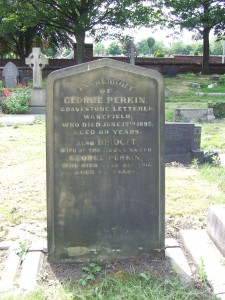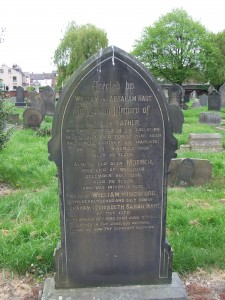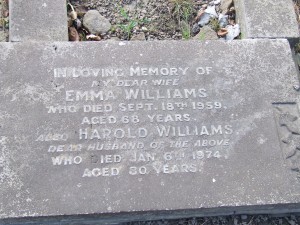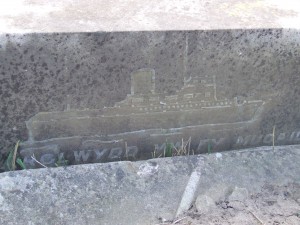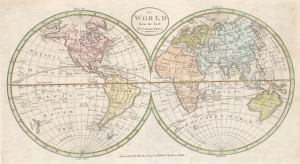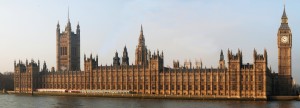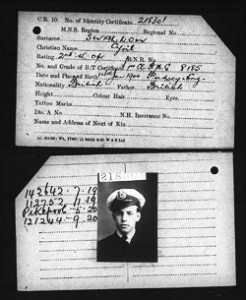Tower Poppies – mine is still in its original box
Well, thankfully, my Tower Poppy is still in its original box – no thanks to the delivery driver who left it by my back door on a drizzly day and with no receipt signature. I still cringe at how the box would have ended up if it had been raining hard………………mush probably.
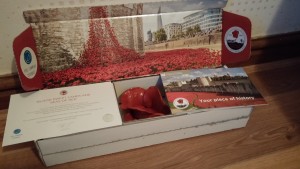
My Tower Poppy © C Sklinar 2015
Luckily, my poppy arrived with little water damage to the exterior box. The poppy, was still wet from its wash and there was still some Tower of London moat soil attached and the stem had gone a little rusty, but who cares!
My family, like many other families from around the world, had husbands, brothers, sons and a few wives and daughters who served during The Great War, a war to end all wars and like many other families around the world, we had our losses.
Now, one year on since the eyes of the world focussed on, and crowds headed to the Tower of London with its cascade of blood red poppies, I was in France………..
You may be wondering what is the connection? Read on and you will soon see.
During the summer I was on one of my regular visits to France and Belgium. The weather was hot, so time was divided between reading outside and researching for information on over 250 WW1 soldiers – well what else do you do whilst on holiday. There was the odd trip to the local supermarket and time spent chatting to friends. One cooler day I decided to pay a visit to a local CWGC cemetery – a journey that should have only taken less than 15 minutes.
I had looked at my trusty, or not so trusty, CWGC cemetery booklet, plotted my route and off I went heading for the village and the road marked on the map as being the closest to the cemetery. I can now tell you that location dots on maps are not always printed in the correct place. I drove around the village, asked villagers – yes, my broken French worked but nobody knew of the cemetery I wanted.
Back to compare the road map and the CWGC map and try a few of the other local villages. After nearly an hour of driving around some pretty villages I decided to go home and set ‘Sally Satnav’ for home. I had criss-crossed many roads during the afternoon, and saw places I had seen earlier. Does this sound familiar? ‘Sally’ bless her was taking me home via the quickest route and soon I knew where I was, heading to a large round-a-bout near to where a very large supermarket used to stand. I had been close to this round-a-bout earlier, coming off a road and turning right……..If only I had turned left! There was the focus of today’s outing- Longenesse Commonwealth War Graves Commission cemetery.
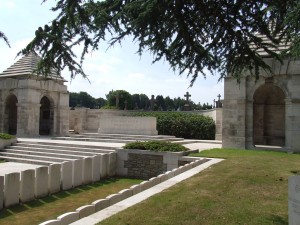
Longenese CWGC cemetery © C Sklinar 2015
Longenesse Souvenir CWGC cemetery is situated alongside the busy D928, Rue des Bruyeres, close by the D942, dual carriageway, that I had exited earlier and turned right, not left! The cemetery forms part of the large community cemetery. I parked in the communal cemetery parking area and walked through the French cemetery until I reached the white walls and the twin lodges that seemed to guard the headstones from many nations.
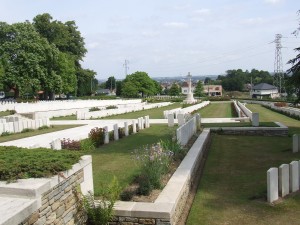
Longenese CWGC cemetery © C Sklinar 2015
The cemetery contains 3177 identified casualties, mainly from WW1 and during that afternoon I paid every one of them a visit. I was the only one walking around most of the time, another couple parked on the main road, stayed a short while then went, leaving me and a rather large hare who seemed to be enjoying the open space.
Near the entrance are the graves of some members of the Chinese Labour Corps., German soldiers and a row of English nurses and V.A.D. volunteers. Walking down each row there are a few who I will write about in detail later as they had an unusual surname or they were the recipient of an award – something to make them stand out but not any more special than the rest.
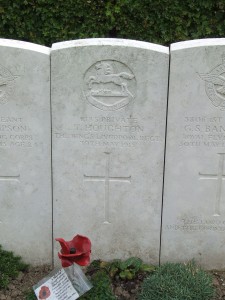
Pvte., T. Houghton © C Sklinar 2015
One such grave that stood out from the others was the grave of Private 2185, Houghton, T, of The King’s Liverpool Regiment, who died on the 30th of May 1915. Why did his stand out from the others that had photographs and poppy wreaths left in remembrance. Private Houghton’s grave rested shoulder to shoulder with its neighbour but at his grave side a Tower of London Poppy had been left by his family with a short message.
Private T Houghton – who are you? From the message left by his family, I knew that he was called Thomas and was 35 years old when he died. He was a married man and left 6 children to be looked after by his wife.
Thomas, was born in Formby, Lancashire, lived in Bootle, Liverpool, and enlisted in the town of his birth according to the SWDTGW, but who was he before the war took his life. The 1911 census has a Thomas with Elizabeth as his wife. They had been married 7 years and had 5 children, one of them was Ernest – a clue given on the little note. The website Freebmd has 2 entries for 1903/4 but one stands out. The 1911 census has Mary Hefferman aged 22, sister-in-law, working as a monthly nurse, living with the family. So, it looks like Elizabeth is Elizabeth Hefferman, born in Dublin who married Thomas in the December quarter of 1903 in the Ormskirk area. Thomas worked as a house painter and little did he know that he was to have one more child before joining the army.
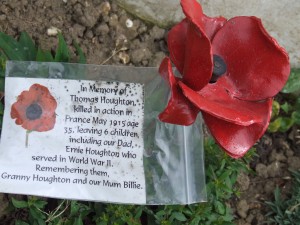
Tower Poppy for T Houghton © C Sklinar 2015
The service record for Thomas, on a quick search, is not found, but his Medal Card and the Soldiers’ Effects Register give details on his medal entitlement and how much Elizabeth, his widow and sole legatee was eligible for. It seems she received £1 11s 11d in October 1915 and £3 War Gratuity on the 17th of October 1919 – not a lot when you have lost the breadwinner in the family and you have 6 children to provide for.
Thomas died on the 30th of May 1915 ‘in action’, and rests should to shoulder with his comrades in a foreign land that will forever be England.
Like this:
Like Loading...
